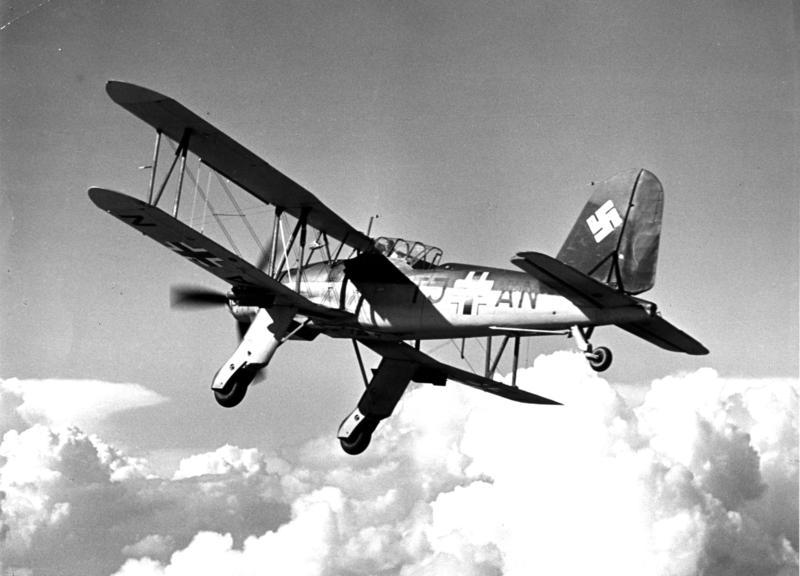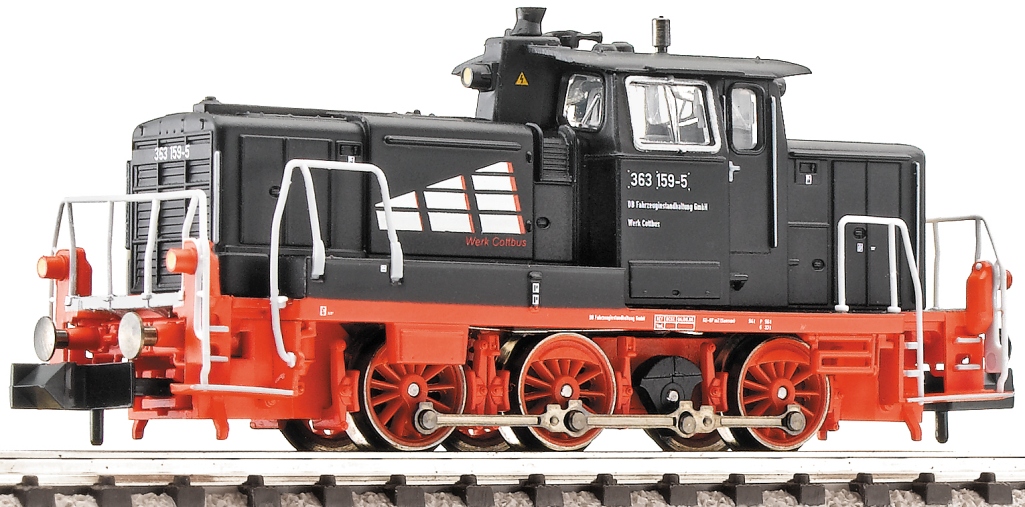History: The Fieseler Fi 167 was a 1930s German biplane torpedo and reconnaissance bomber designed for use from the Graf Zeppelin class aircraft carriers under construction from 1936 to 1942.
When construction of the Graf Zeppelin was resumed in 1942 the Ju 87C took over the role as a reconnaissance bomber, and torpedo bombers were no longer seen to be needed. The Fi 167s returned to Germany in the summer of 1943. After that they were sold to Croatia, The Fi 167's short-field landing and load-carrying abilities made it ideal for transporting ammunition and other supplies to besieged Croatian Army garrisons, between their arrival in September 1944 and the end of the War.
When construction of the Graf Zeppelin was resumed in 1942 the Ju 87C took over the role as a reconnaissance bomber, and torpedo bombers were no longer seen to be needed. The Fi 167s returned to Germany in the summer of 1943. After that they were sold to Croatia, The Fi 167's short-field landing and load-carrying abilities made it ideal for transporting ammunition and other supplies to besieged Croatian Army garrisons, between their arrival in September 1944 and the end of the War.
Railroad/Company: The firm was founded on April 1, 1930 as Fieseler Flugzeugbau Kassel by World War I flying ace and aerobatic champion Gerhard Fieseler. Fieseler had been a manager for the Raab-Katzenstein, but when this company went bankrupt, Fieseler bought a sailplane factory in Kassel and quickly turned it to building sports planes. At the same time, Fieseler still custom-built sailplanes for some of Germany's most prominent designers and pilots, including Wolf Hirth's "Musterle" and Robert Kronfeld's "Wien" and "Austria" (for many years the largest sailplane ever built).
In 1934, the company achieved prominence when Fieseler won the World Aerobatics Championship in an aircraft his company had built, the F2 Tiger. This was followed by the highly successful F5, generally regarded as a classic among sports planes. Even greater success was to follow in 1936 when an aircraft of Fieseler's own design won a tender over aircraft from both Messerschmitt and Siebel for a new STOL observation and liaison aircraft for the Luftwaffe. It was designated the Fieseler Fi 156 Storch (Stork), and the company would produce over 3,000 during World War II. In 1937 Fieseler also produced the Fieseler Fi 253.
On April 1, 1939 the company name changed to the Gerhard Fieseler Werke GmbH.
Fieseler's other wartime production would largely consist of building other firms' aircraft under licence, including the Messerschmitt Bf 109 and Focke-Wulf Fw 190. In 1941 however, a Fieseler project for an unpiloted flying bomb (Fi 103) attracted the attention of the RLM (Reichsluftfahrtministerium - "Reich Aviation Ministry"). This went into production as the Fieseler FZG-76 (flakzielgerät, antiaircraft targeting device), better known as the V-1.
The Fieseler factory was the target of many Allied air raids, but continued production throughout the war. Following the War, part of the factory continued in business for a few years, producing automotive components. Its most famous products, the Storch and the V1, continued to be produced by foreign companies.
In 1934, the company achieved prominence when Fieseler won the World Aerobatics Championship in an aircraft his company had built, the F2 Tiger. This was followed by the highly successful F5, generally regarded as a classic among sports planes. Even greater success was to follow in 1936 when an aircraft of Fieseler's own design won a tender over aircraft from both Messerschmitt and Siebel for a new STOL observation and liaison aircraft for the Luftwaffe. It was designated the Fieseler Fi 156 Storch (Stork), and the company would produce over 3,000 during World War II. In 1937 Fieseler also produced the Fieseler Fi 253.
On April 1, 1939 the company name changed to the Gerhard Fieseler Werke GmbH.
Fieseler's other wartime production would largely consist of building other firms' aircraft under licence, including the Messerschmitt Bf 109 and Focke-Wulf Fw 190. In 1941 however, a Fieseler project for an unpiloted flying bomb (Fi 103) attracted the attention of the RLM (Reichsluftfahrtministerium - "Reich Aviation Ministry"). This went into production as the Fieseler FZG-76 (flakzielgerät, antiaircraft targeting device), better known as the V-1.
The Fieseler factory was the target of many Allied air raids, but continued production throughout the war. Following the War, part of the factory continued in business for a few years, producing automotive components. Its most famous products, the Storch and the V1, continued to be produced by foreign companies.
Item Links: We found: 1 different collections associated with Aircraft - Propeller - Fi 167
- Collection War at Sea: 1 different items.
Item created by: gdm on 2019-10-28 08:16:27
If you see errors or missing data in this entry, please feel free to log in and edit it. Anyone with a Gmail account can log in instantly.
If you see errors or missing data in this entry, please feel free to log in and edit it. Anyone with a Gmail account can log in instantly.








